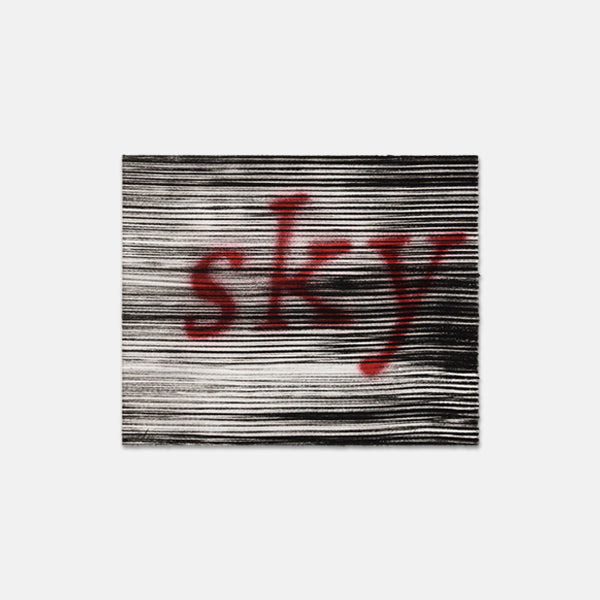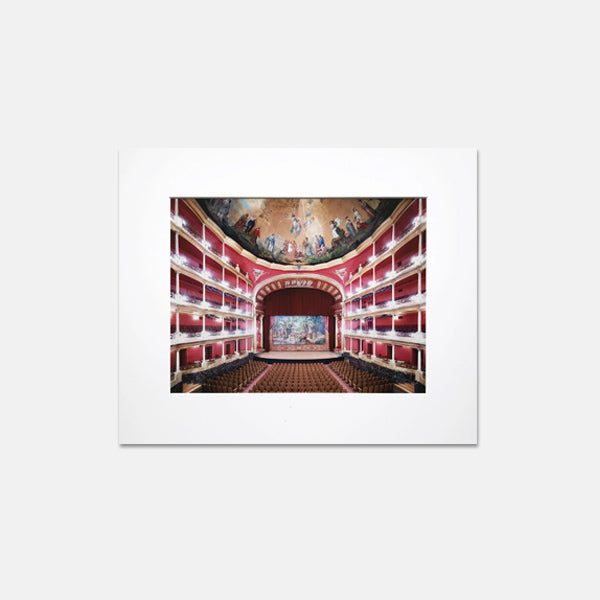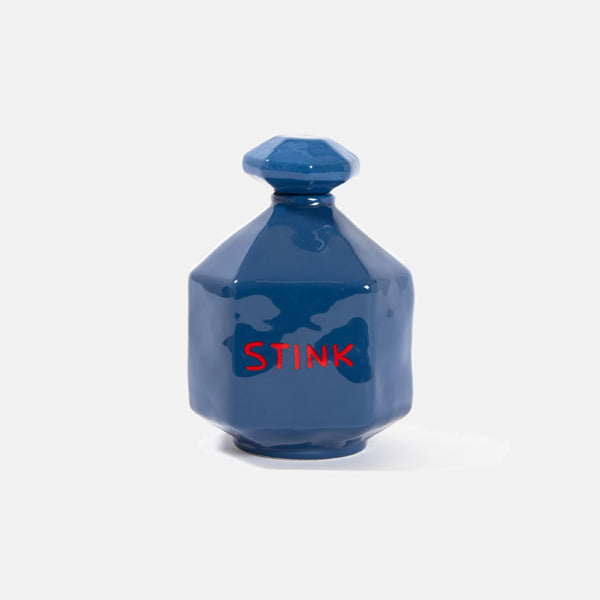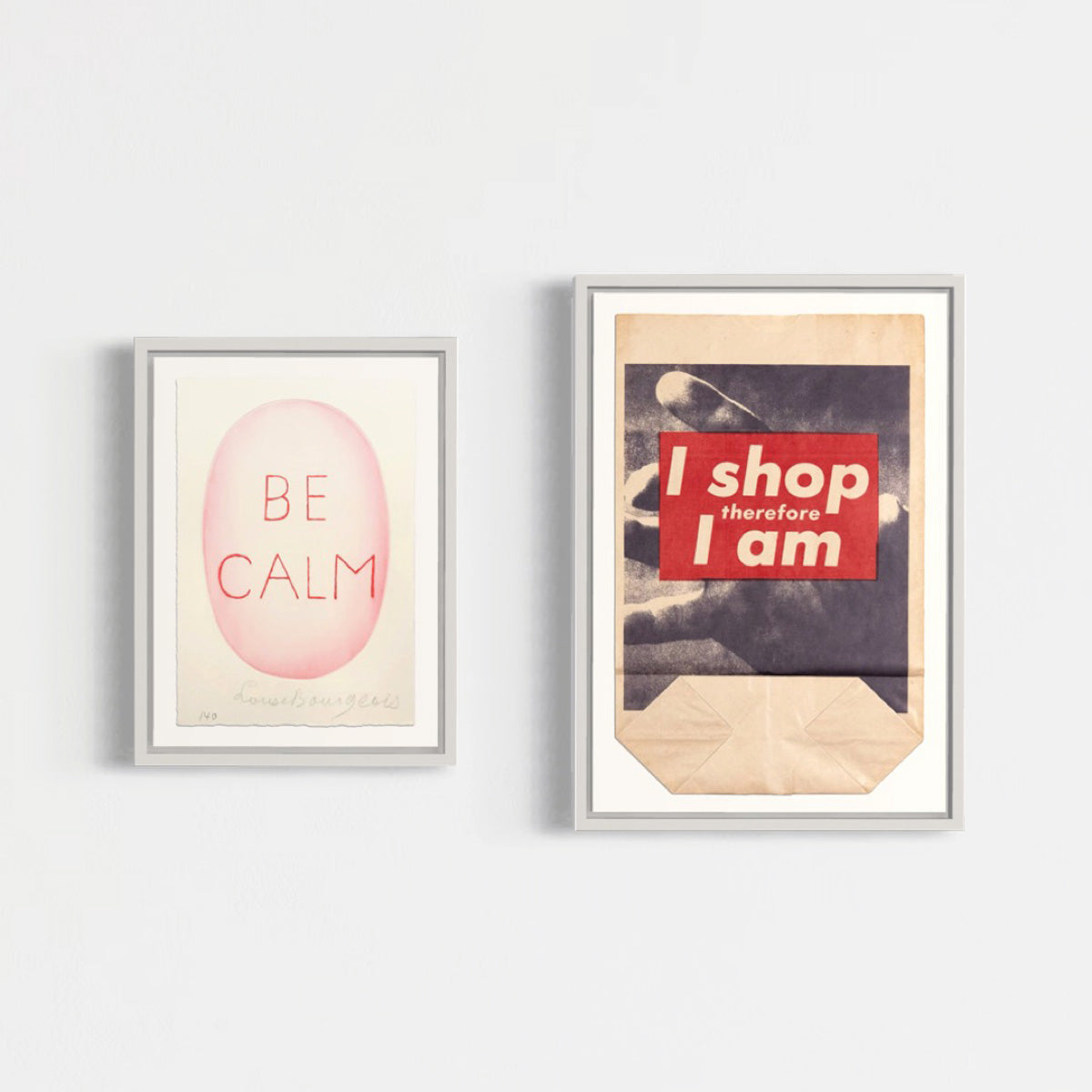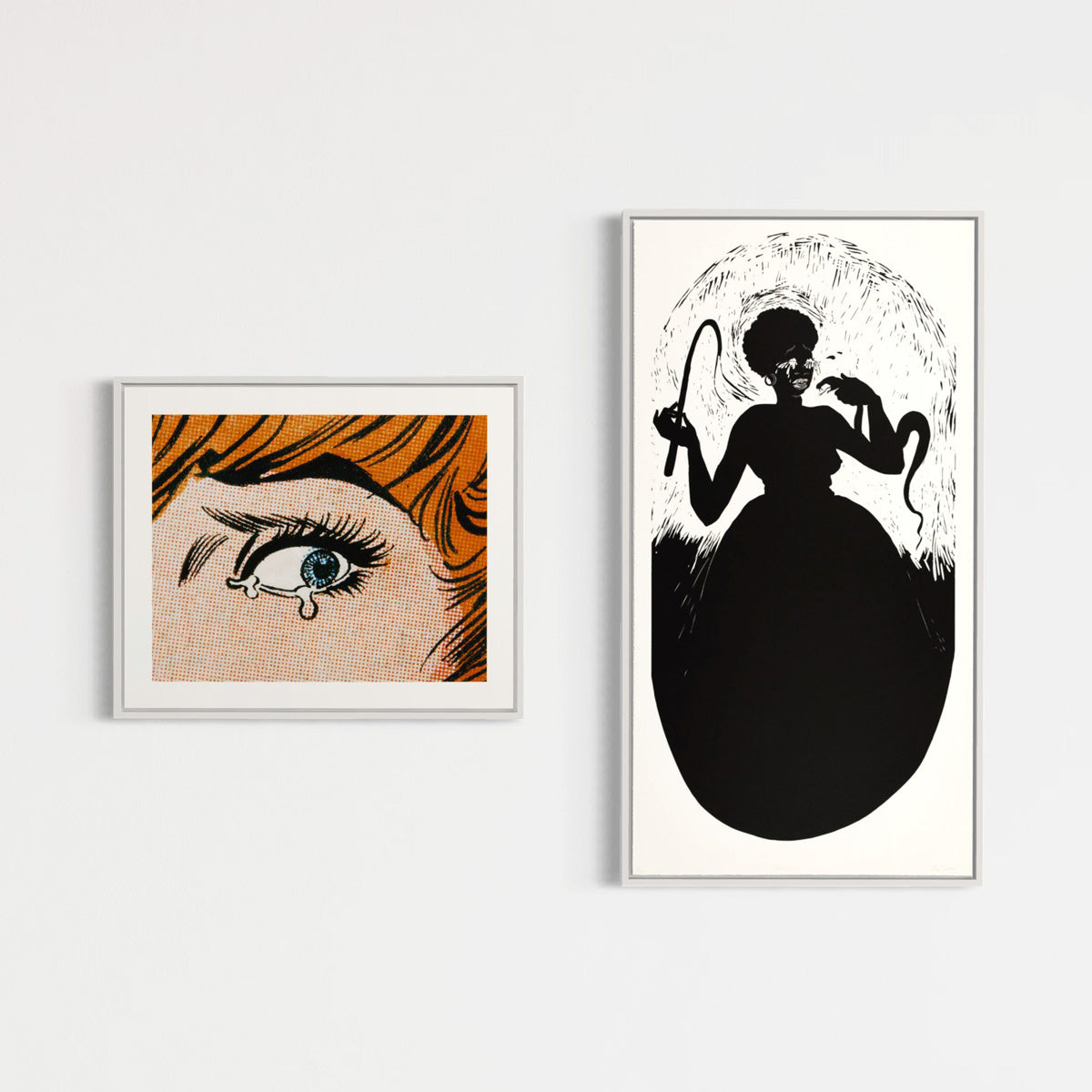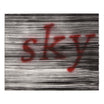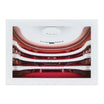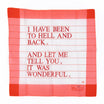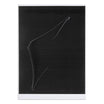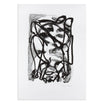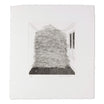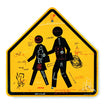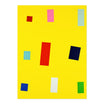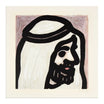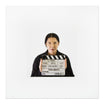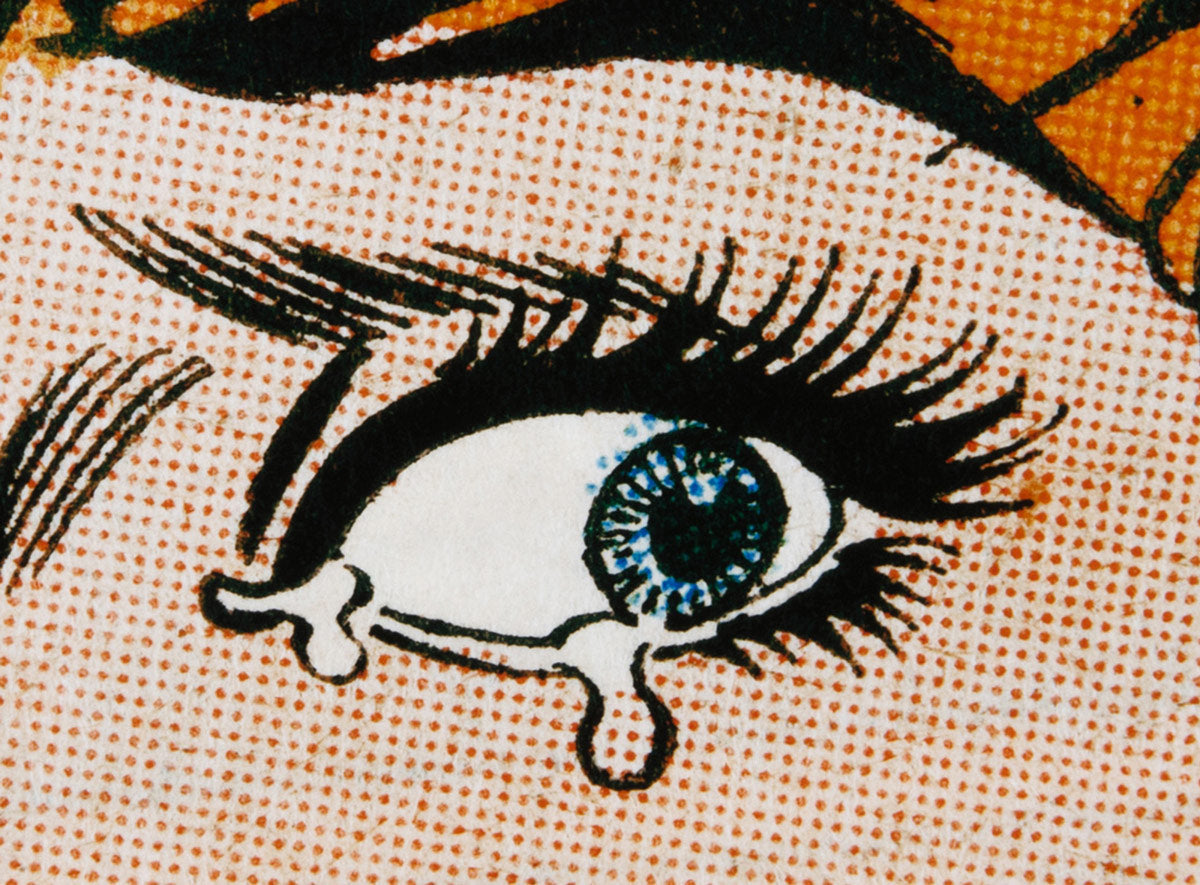
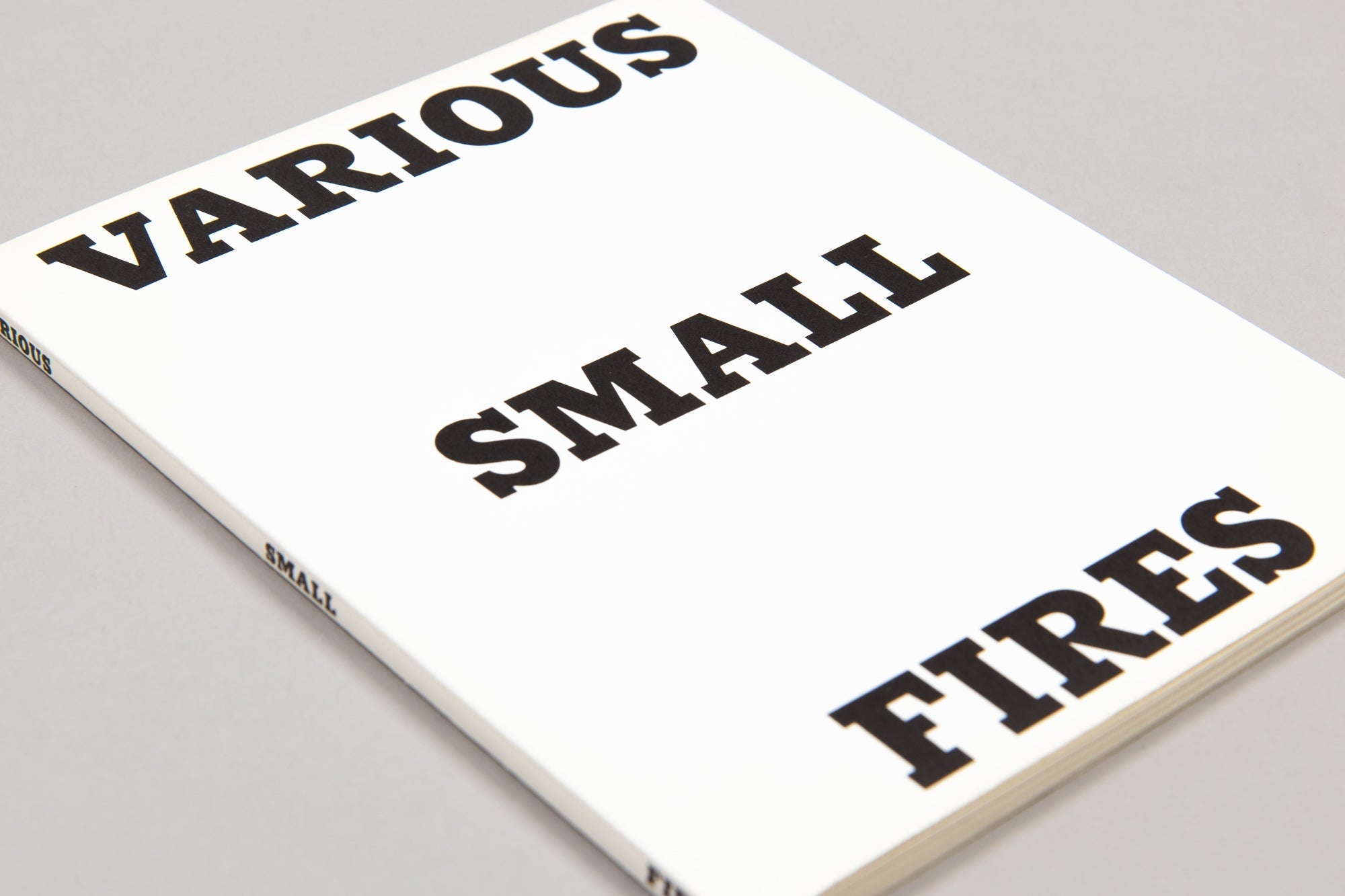

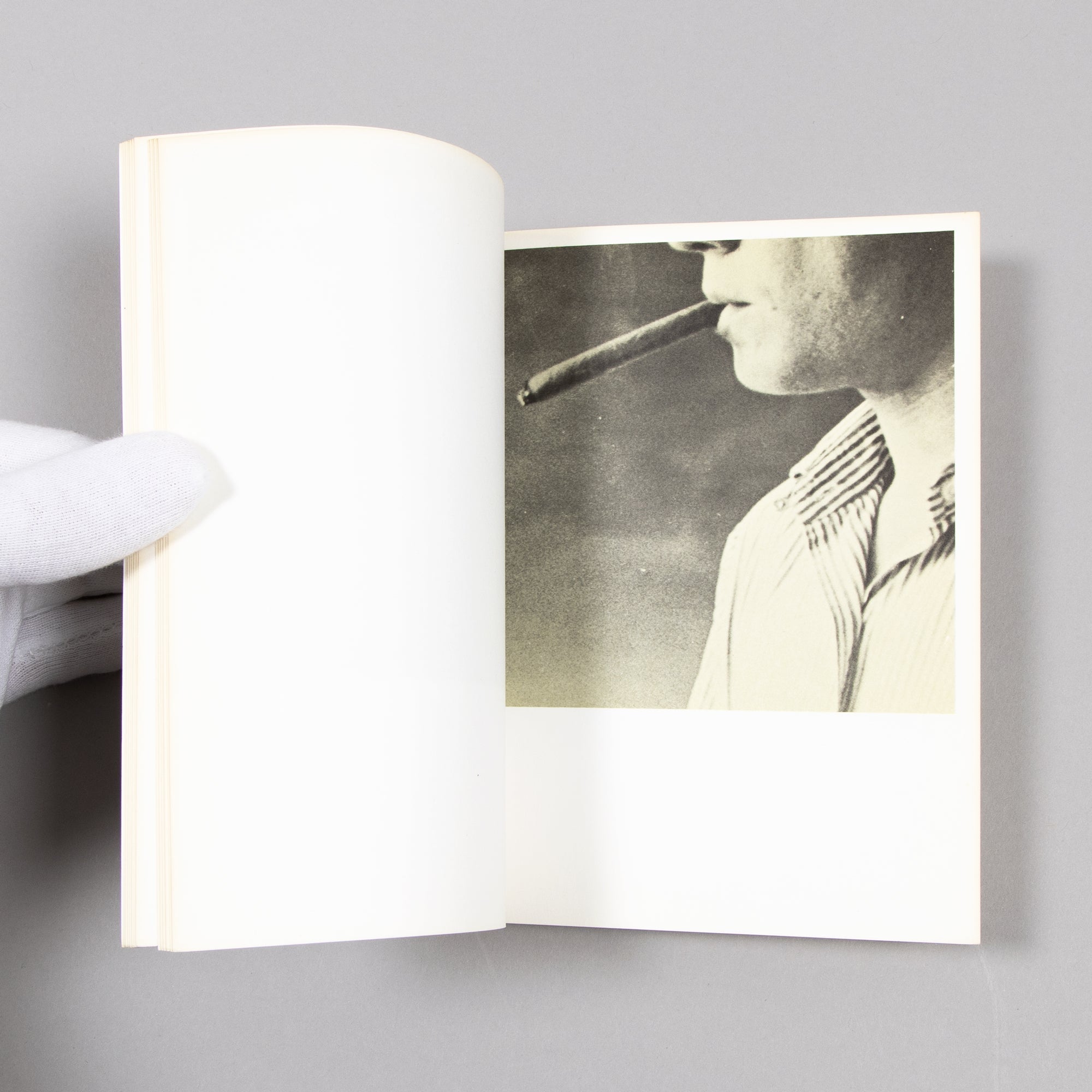
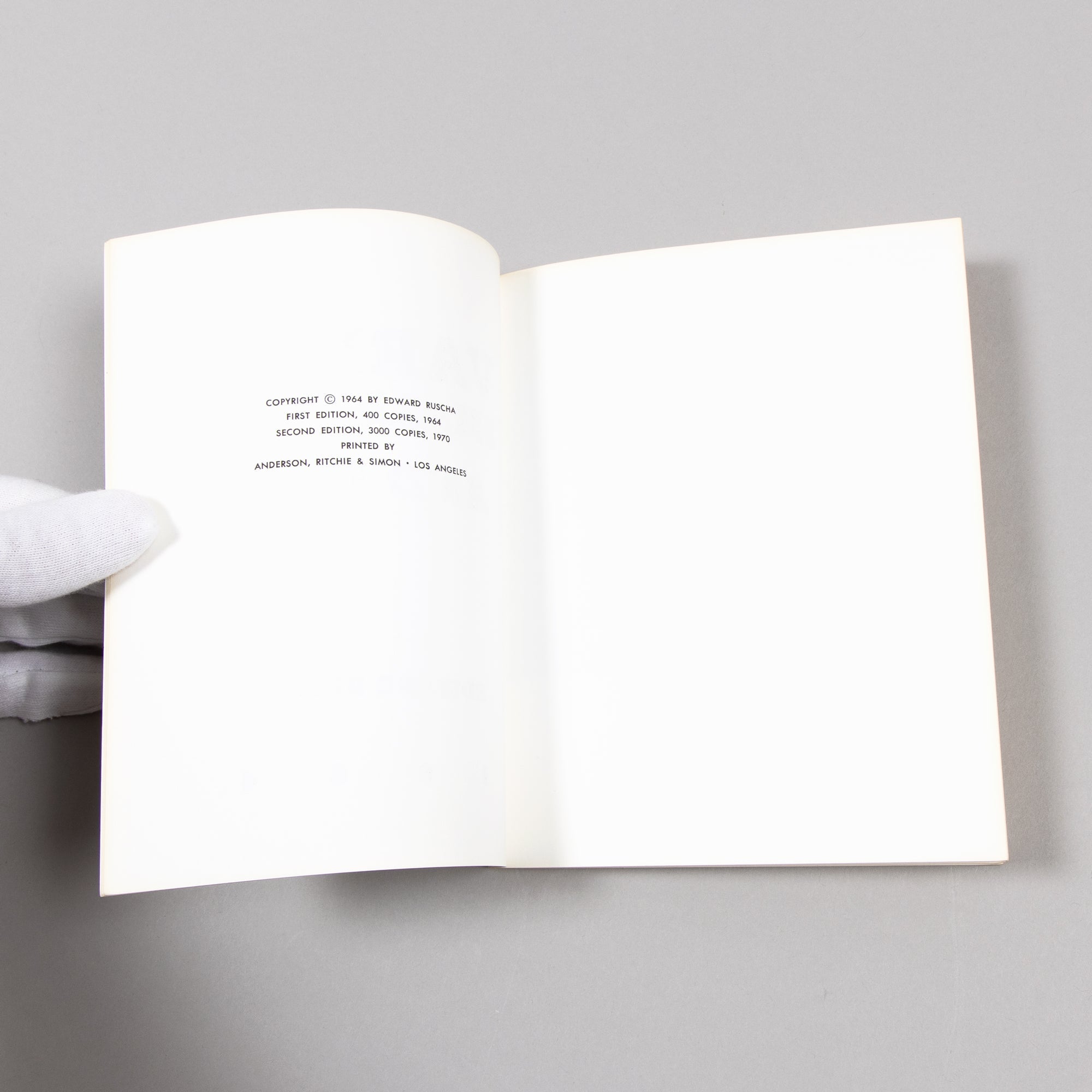
Ed Ruscha - Various Small Fires and Milk
Taxes included. Shipping calculated at checkout.
Ed Ruscha (American, b.1937)
Various Small Fires and Milk, 1964/1970
Medium: Artist’s book (48 pages), glassine dust jacket
Dimensions: 17.8 x 14.2 cm
Second edition (1970): 3000 unnumbered copies
Condition: Excellent
Artwork details
Ed Ruscha’s Various Small Fires and Milk is a famous artist book that presents a series of black-and-white photographs depicting small fires, matches, and flames, alongside a seemingly unrelated image of a glass of milk. The book’s minimalist design and straightforward photographic style reflect Ruscha’s deadpan approach to everyday objects, challenging traditional notions of art and narrative. By juxtaposing these mundane subjects without explanation, Ruscha invites viewers to find meaning in the banal, transforming ordinary images into thought-provoking reflections on perception and context.
The most renowned series of artist’s books in the history of the genre, Ed Ruscha’s works still retain their capacity to surprise, delight and puzzle in equal measure. In the several decades since they were published, they have been much exhibited, written about and analyzed, yet they somehow are still objects of mystery and fascination, beguiling in their utter simplicity and immutable rightness. – Parr, M. & Badger, G., The Photobook: A History (Volume II), London: Phaidon, 2006, pp.140-1
About this artist
Ed Ruscha, an American painter and photographer born in 1937 in Omaha, Nebraska, is a seminal figure in contemporary art, known for his exploration of the fluidity of language through his artworks. Although often associated with Pop Art, Conceptual Art and the Beat Generation, Ruscha’s diverse and innovative body of work, which includes paintings, prints, and photographic artist’s books, defies easy categorization. His distinctive use of text-based imagery and his background in graphic design are evident in his strategic manipulation of typography—using color, layout, and font to transform words into visual art and back again, as Ed Ruscha himself noted, “I like the idea of a word becoming a picture, almost leaving its body, and then coming back and becoming a word again.” Ruscha’s artwork often incorporates unconventional materials such as gunpowder, Pepto Bismol, and even blood, pushing the boundaries of traditional painting and printmaking. His text-based paintings and fine art prints play with the connotations and perceptions of language, highlighting its impermanence and the clichés prevalent in popular culture. This thematic focus not only challenges the viewer’s understanding of communication but also comments on the ephemeral nature of language and its degradation over time. Ed Ruscha’s influence extends across the art world, impacting a wide range of artists and continuing to provoke thought about the essence of human communication through his innovative use of text and image. His oeuvre, including unique artworks and limited editions, has been celebrated in numerous exhibitions worldwide, including the Museum of Modern Art in New York (2023), The National Gallery in London (2018), Museum Brandhorst in Munich (2013), and The Whitney Museum of American Art in New York (2004). Having moved to Los Angeles in 1956, where he still resides, Ruscha’s extensive career continues to inspire and shape the landscape of contemporary art, reinforcing his status as a pivotal artist who has masterfully blended visual art with textual expression.

You may also like

Buy art online
Shop art editions online with transparent pricing, accurate condition reports, and fast dispatch. Designed for international collectors, we make buying limited edition prints and artworks simple, secure, and reliable.
Worldwide shipping
We ship art editions worldwide with full insurance and tracking. Handled only by trusted international carriers, each shipment is securely packaged and typically dispatched within 5 days.
Professional packaging
Every artwork is packaged to the highest professional standards. Using solid multi-layer cardboard and protective materials, we ensure your art editions arrive safely and in excellent condition.
Secure payment
Buy with confidence using secure, encrypted payments backed by advanced fraud protection. Every transaction is processed with trusted technology, ensuring a smooth and worry-free checkout for collectors worldwide.
